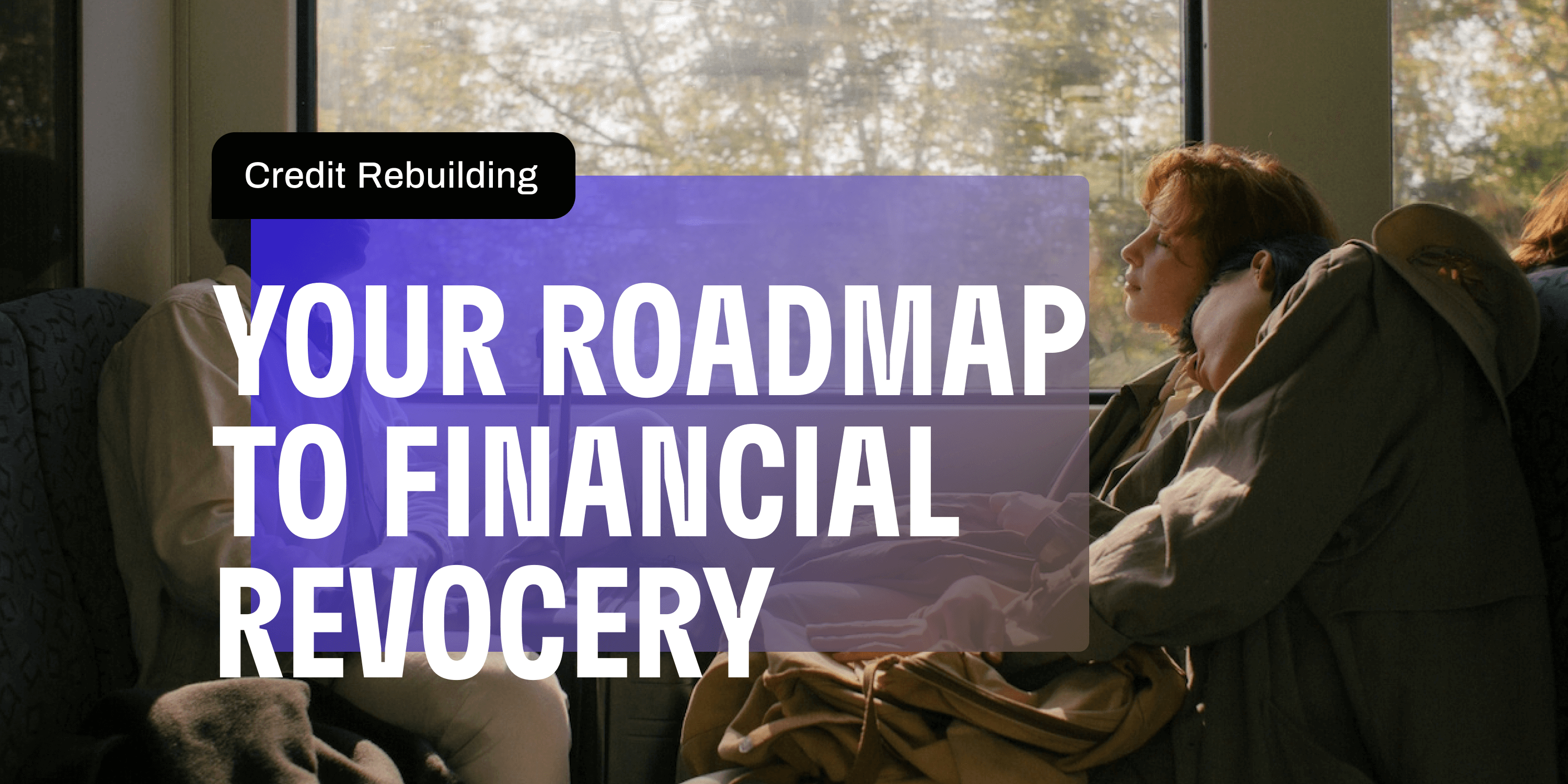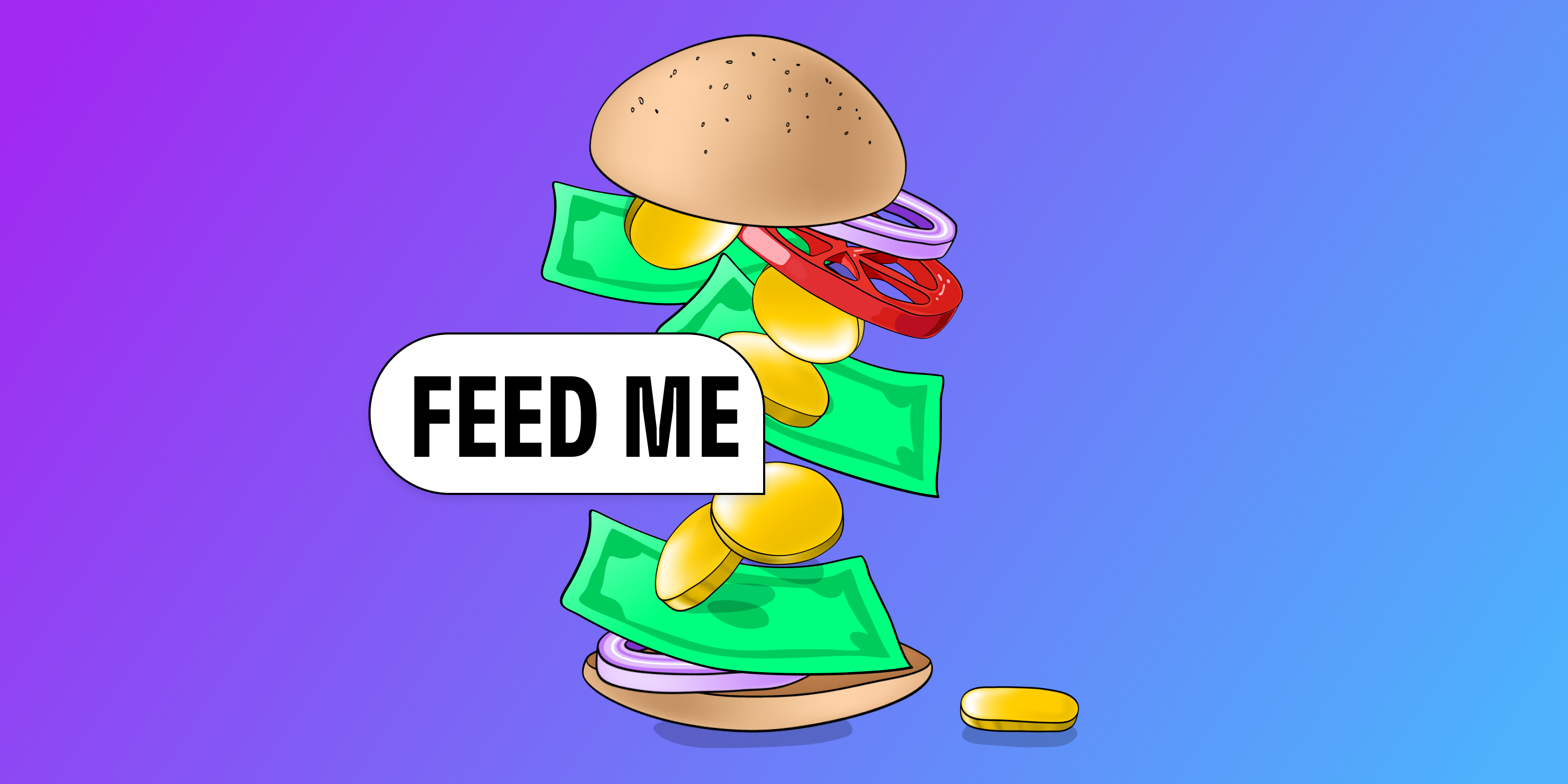
Boost Your Credit Score with These Simple Tips
Wondering how to boost your credit score? We've got you 💡
This is some text inside of a div block with Cleo CTA
CTASigning up takes 2 minutes. Scan this QR code to send the app to your phone.

A roadmap offering guidance on credit rebuilding for financial recovery ⬆️

We're guessing you're here because you're keen on finding out how to rebuild credit… Well, the first stop is to scope out your credit report 🔍
The journey to credit recovery begins by analyzing your credit report to identify any errors, outstanding debts, and areas that require immediate attention.
You can get a free credit report annually from the three major credit bureaus (Equifax, Experian, and TransUnion) which can help you determine the actions which you'd need to take to improve your credit score.
Keep an eye on your credit report—it's like your financial GPS. It'll show you how far you've come and help you tweak your game plan when you need to.
To find out more, check out How to Get a Free Credit Report.
Let's start from the basics. A credit score is like your financial report card. Equifax explains it’s a three-digit number that ranges from 300 to 850. The higher the number, the more 'financially responsible' you appear to lenders. Your credit score is primarily based on your credit history, which includes your borrowing and repayment activities. If you’re dealing with a low score, you might be wondering, "how to rebuild credit?” Well, stay tuned – we're about to run through a roadmap to financial recovery 🪜
Once you've got your free credit report from one of the three major credit bureaus, analyze your report to try and figure out what went wrong. Before wondering "how to rebuild credit", you'll need to address past financial mistakes. These might be late payments, defaulting on loans, or maxing out credit cards. Identifying these mistakes will help you avoid them in the future. Remember, knowledge is power, and understanding your past will guide your future financial decisions.
Strategy 1: Timely Bill Payments
Your payment history carries the most weight in determining your credit score. So, the first step in learning "how to rebuild credit" is to start paying your bills on time. Set reminders, use automatic payments, do whatever it takes to pay on time every time. Over time, this good habit can help you improve your credit score.
Strategy 2: Pay Off Outstanding Debts
The next step on the "how to rebuild credit" roadmap is to tackle your outstanding debts. Prioritize them based on the amount or interest rate, and start paying them off. Every dollar you pay back is a step closer to improving your credit score. It might feel overwhelming at first, but remember, every journey starts with a single step.
Strategy 3: Maintain Low Credit Card Balances
Part of understanding "how to rebuild credit" is learning how to use credit responsibly. Try to keep your credit card balances as low as possible, ideally below 30% of your credit limit. High credit utilization can negatively impact your credit score, so this is an important habit to develop.
Strategy 4: Build New Credit
You might think it's counterintuitive, but one effective way to rebuild credit is to build new credit. You could consider a secured credit card or a credit-builder loan. These options can help you prove to lenders that you can manage credit responsibly, which is the core concept of "how to rebuild credit."
Navigating the roadmap on “how to rebuild credit" can feel like a lonely journey, but you don't have to do it alone. Seek out financial advisors, credit counselors, or even money-savvy friends who can provide guidance and support along the way.
When you're learning “how to rebuild credit”, it's important to remember that there are no quick fixes. It's a long process that requires patience and persistence. Celebrate small victories along the way, and before you know it, you'll see significant improvements in your credit health.
If you're looking for something that could help you build credit over time, we've got just the thing.
A credit builder card is a type of credit card designed specifically for individuals with no credit or poor credit who want to improve their credit score. It's completely different to a standard credit card.
With a credit card, you’re spending money that’s not yours, and then having to pay it back monthly which can get out of control if you’re not careful and don’t track your spending.
Here's how The Credit Builder Card works:
Ready to start building your credit?
Rebuilding credit is not just about fixing past mistakes, it's about owning your financial future. With every step on this roadmap, you're not just learning about how to rebuild your credit, you're learning how to manage your finances better, make smarter decisions, and ultimately, build a healthier and more secure financial future.
*The Credit Builder Card is issued by WebBank, Member FDIC pursuant to a license from Visa USA Inc. Access to the Card is subject to approval.

Wondering how to boost your credit score? We've got you 💡

Let's talk turkey 🦃

Need ways to build your credit score fast? We got you ⚡

